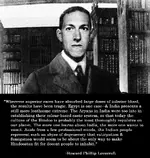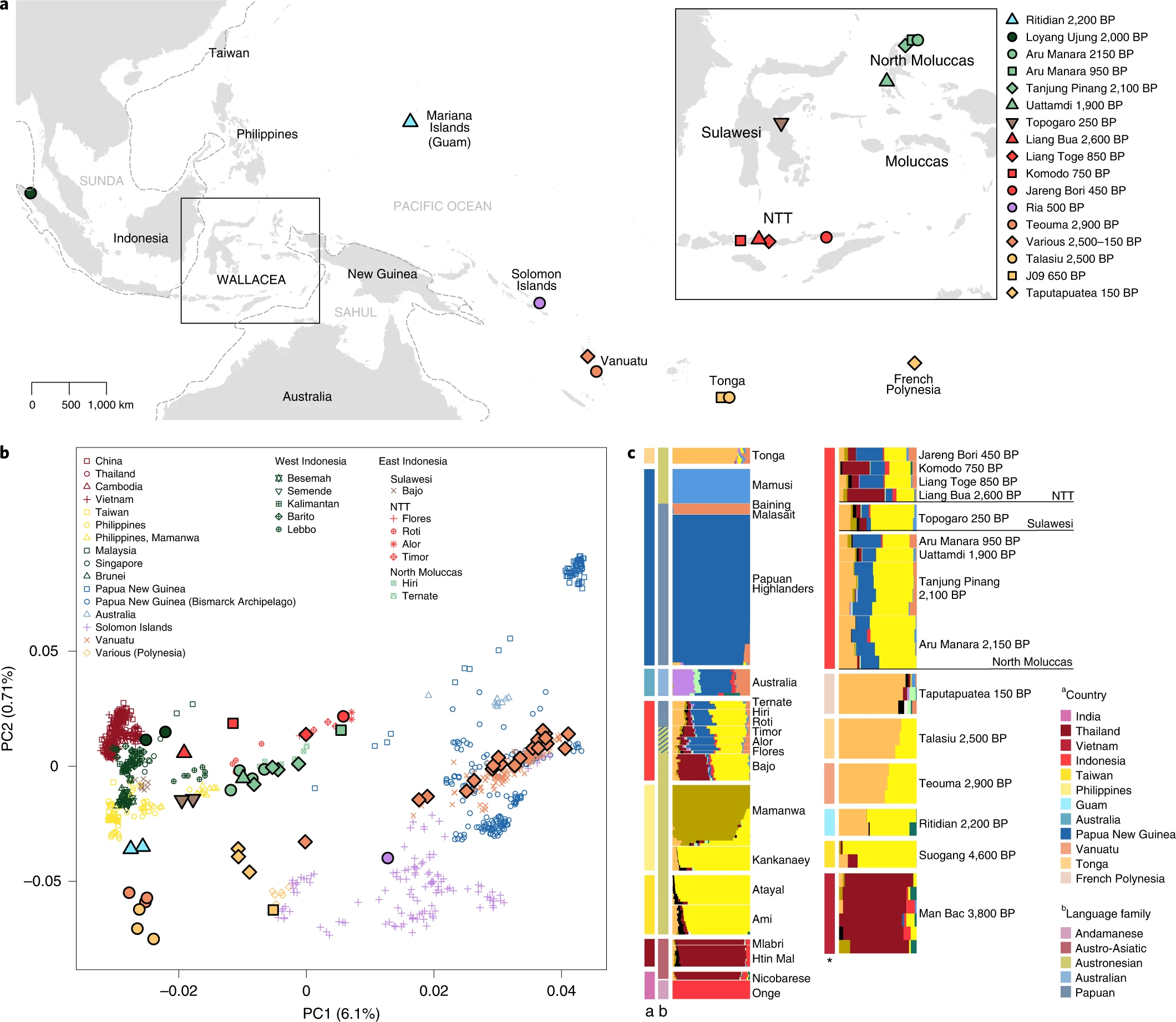Cira 50,000 years ago there was a migration out of East Africa, through Asia, that found its way to the shores of India.
In India the best preserved people of this migration live on the Adaman and Nicobar Island, tropical islands off the south-west of India. They are essentially a transitional people between Papuans and East Africans.

This migration continued east, populating Malaysia, Indonesia, Papua New Guinea, the Torres Strait Islands and Australia.
Populations who remain more genetically distinct from this migration are often called negritos.
These people were largely replaced in Malaysia and The Philippines with East Asian migrations. From memory I think this began around 10,000 years ago. In Indonesia their genetic heritage still lives on strong the further you go east, more so in Papua New Guinea and totally in Australia.
These negrito people were/are very primitive, as can be seen in Australia and Papua New Guinea. The later has some later contribution from more developed Malyo-Polynesian cultures. There isn't really a strong concept of a Papuan people. The islands are the home of 100s of languages, with many being completely separate from the others. We can assume that all these peoples endures millennia or barbarism, genocide, slavery, cannibalism and war.
This is what we can expect the scene in India to have been up until 9,000 years ago. To the north stone-age technology had spread to pre-Iranian peoples. This led to their expansion and their technological advancements led to them largely replacing the old Indian negritos in the north of India, and considerably in the south.
Meanwhile, a people had emerged in the region of the Caucus, Southern Russia and Northern Kazakhstan around 8,000 years ago. By 6,000 years ago this culture had assumed metal-working abilities, which diffused from Anatolia. Using this advantage one branch of the people spread south-east and conquered the pre-Iranians, replacing their religion and language; and replacing around 50% of their gene pool with an Aryan genes.
Shortly after, a branch of the Aryan-Iranians moved south and eventually conquered what is now known as Afghanistan, Pakistan, India, Bangladesh and later spreading in smaller amounts into Indonesia. This movement occurred before a major corruption in Iranian religion changed the names of many Gods. So you can find in India Gods with similar names as were found in ancient Europe, e.g. Danu and Deus. Danu is the root of many rivers in Europe, such as the Don, Danube, Don-caster, Dniper, Dnister and Donets. The Thames is likely another, probably relating to the Greek for the River Don - Tamis (same root).
What is now the Hindu religion has a backbone of the Aryan religion, but has many pre-Iranian and some Dravidian (South Indian) influences.
A later expansion in to the area was by the Greeks, who had established trading communities in Asia. This led to the large conquests of Alexander the Great, which formed the Greco-Bactrian Kingdom in the region up until about 120 BC. There is still one people in Pakistan who are quite an isolated descendant group of these people.
At a similar time, India saw the rise of its own large empires, but were, like Europe, wracked with divisions and wars. At the second millennium AD dawned India fell into economic decline and in 1206 the opportunity was seized by Iranian peoples to establish a large kingdom in northern India. This is why you find many Muslims in northern India.
The Muslim kingdoms also began to fall into decay and in 1500 the Portuguese began establishing trading colonies in India. They also began Christianising Indians en mass. But owing to never having much territory, this effort was small. This is why you find Indians with surnames like d'Souza and Fernandes.
Around 1525 saw a new Persian expansion into north India.
From about 1600 Denmark and The Netherlands began establishing trading cities in India. France later established small colonies.
In 1640 the English established a trading port in Madras (now Chennai) on the east coat of India.
Following this the Iranians seized most of India and promptly lost it to Indian and Sikh kingdoms.
As the 19th century progressed the English quickly sized most of India with technology that far out-stretched the Indian and Muslim kingdoms. The centuries of Islamic expansion came to an end. Although Britain controlled most of the continent, there were only ever as many as about 300,000 Europeans in a territory of about 300 million people. Most of the territory was under the control of Indian or Persian proxies.
There were a number of Protestant missions in India, but they didn't have much influence.
In 1947 India was granted independence and most of the European and many Anglo-Indian population left to the UK or Australia.
India became a mild hermit kingdom for about 20 years, before beginning economic development.
India will remain in population growth until about 2050.
The defining element of Indian culture is the caste system, which has created a distorted IQ distribution. It has a priestly scholarly class at the top, followed by warriors; merchants; workers; and the untouchable toilet cleaners. This is probably out of a belief that the typically less Aryan people were less spiritually developed and less able to resist the Hindu concepts of sin.
This will likely lead to a growing SJW movement in India, where the large number of untouchable dalits are no longer given a structure as to why they are at the bottom of society. The elite in India publicly disown the caste system, while generally still living their personal lives within it. See champagne socialists in the West for comparison. From my experience, many young Indians are filling the void with Marxist ideas. These will likely zenith when India hits standard of living stagnation in around 2050.
The "race hate" and light supremacy that permeates these South and South East Asian countries is likely rooted in these ancient white, yellow, brown - Aryan, Persian and East Asian migrations into barbarous low IQ negrito lands. India has the highest per capita consumption of skin whitening products in the world. Virtually all Indian middle-class women use such products.
In India the best preserved people of this migration live on the Adaman and Nicobar Island, tropical islands off the south-west of India. They are essentially a transitional people between Papuans and East Africans.

This migration continued east, populating Malaysia, Indonesia, Papua New Guinea, the Torres Strait Islands and Australia.
Populations who remain more genetically distinct from this migration are often called negritos.
Filipino Negritos | 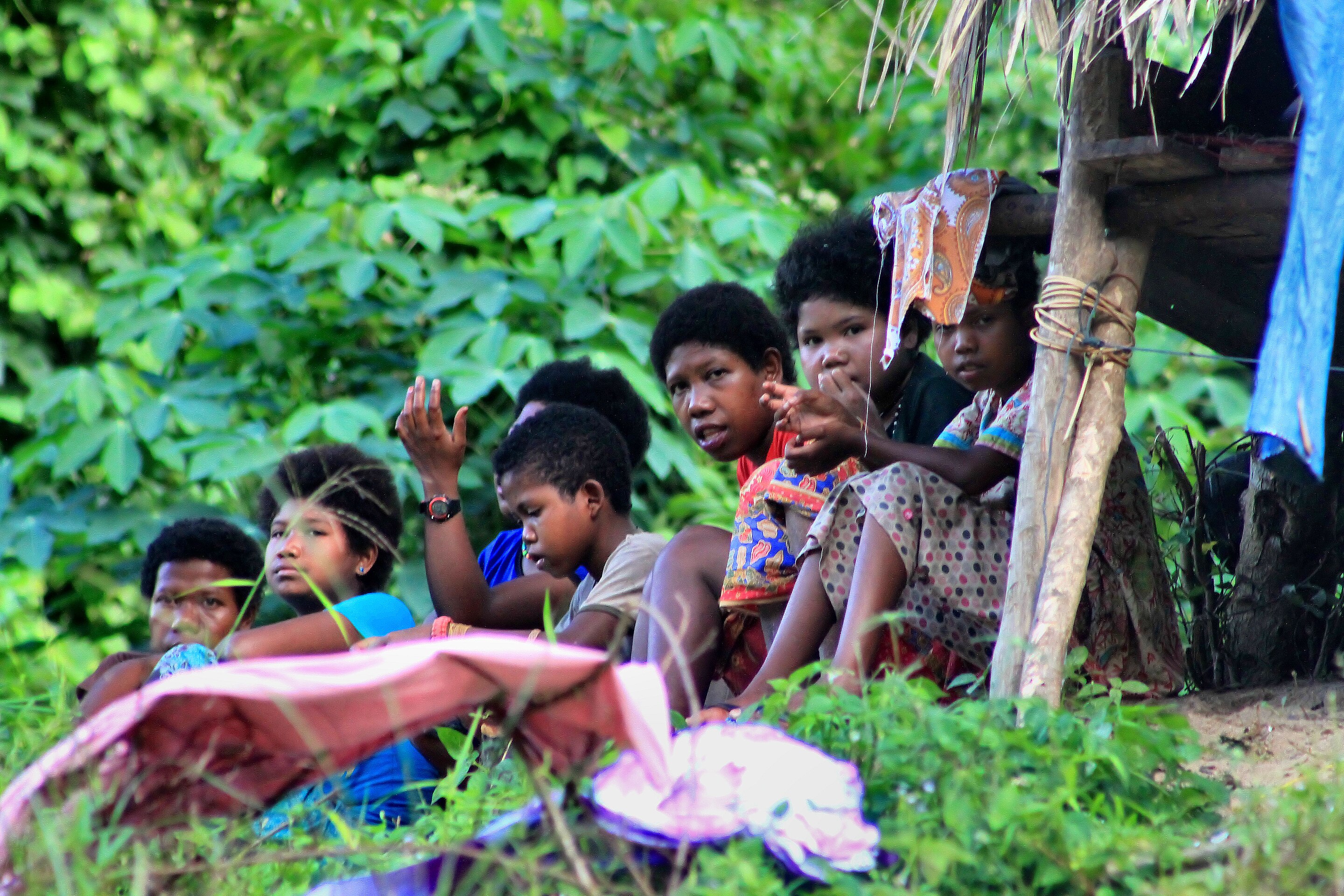
Malay Negritos | 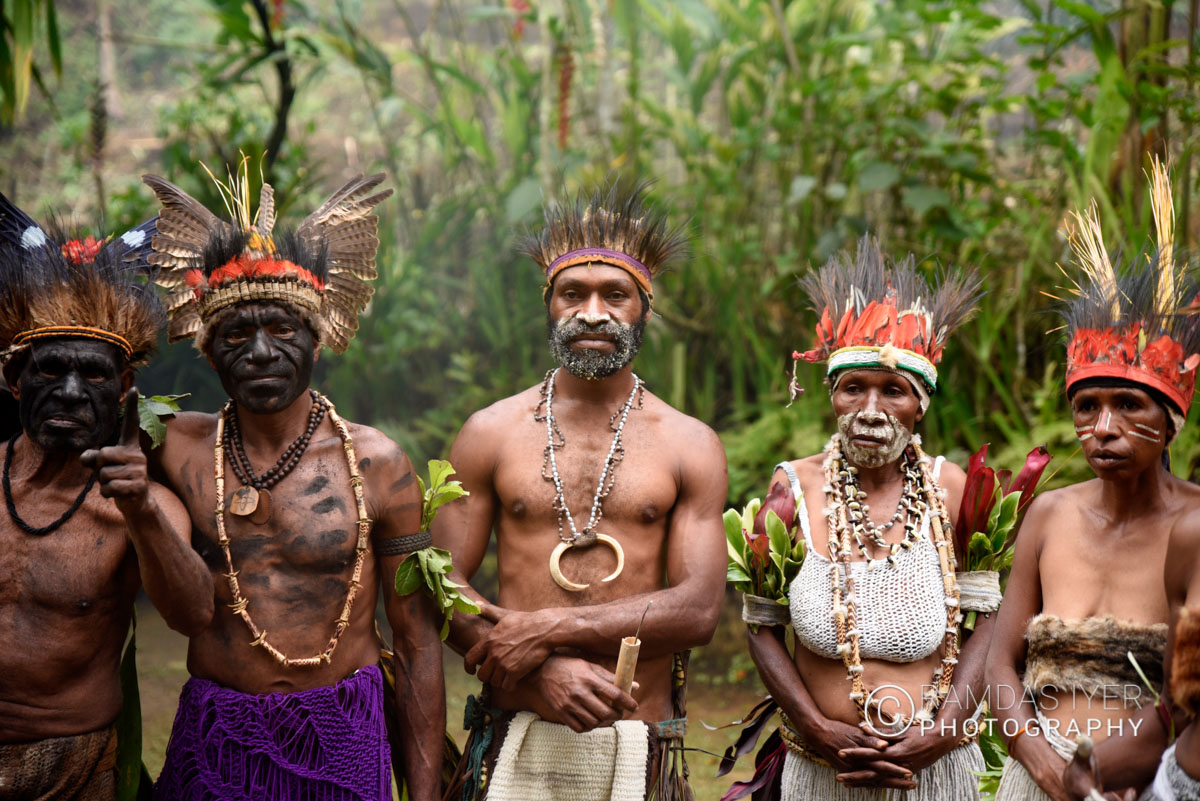
Papuans |

Moluccans, a people of East Indonesia, largely unmixed with later migration | 
Australian aborigines | 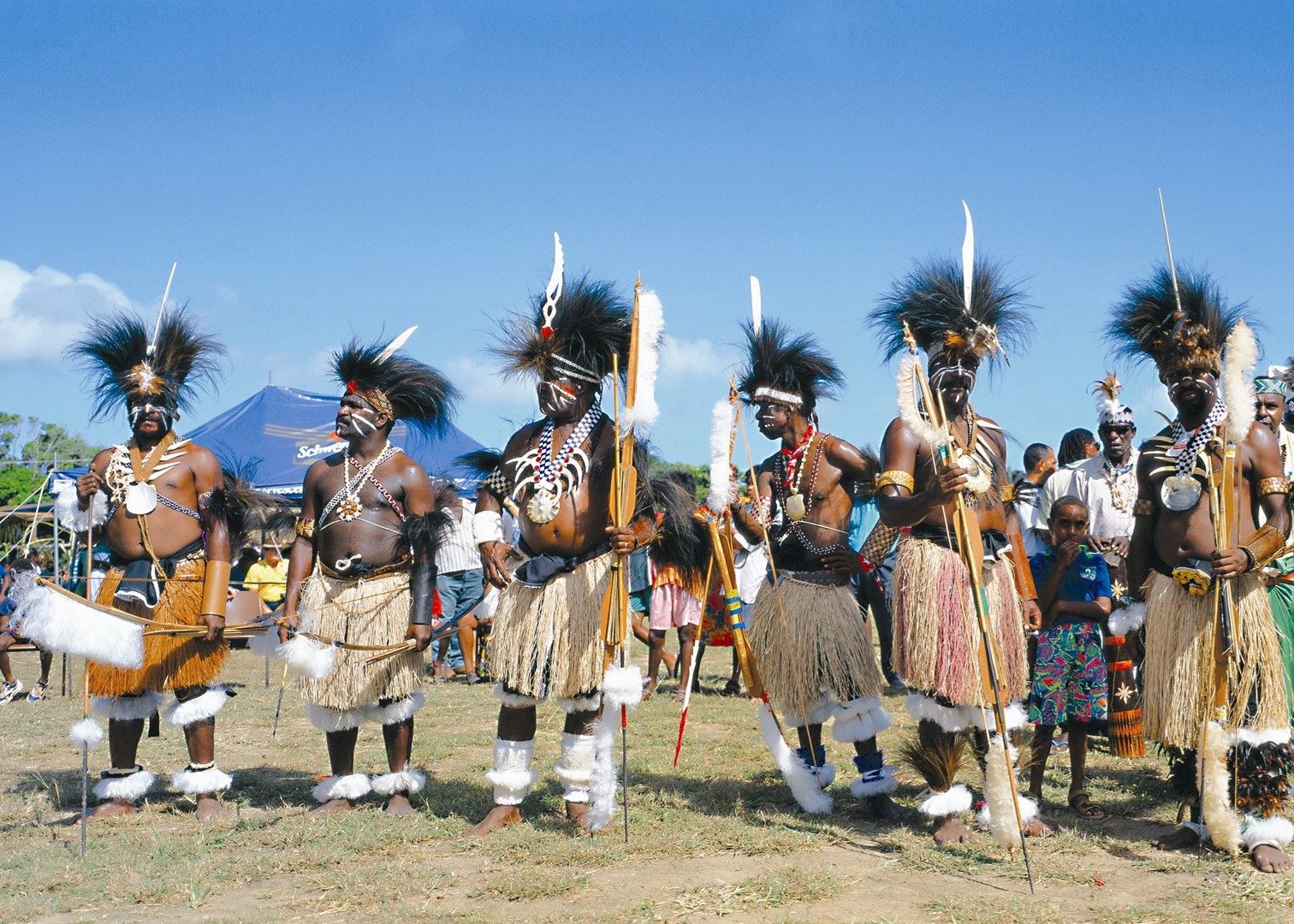
Torres Strait Islanders |
These people were largely replaced in Malaysia and The Philippines with East Asian migrations. From memory I think this began around 10,000 years ago. In Indonesia their genetic heritage still lives on strong the further you go east, more so in Papua New Guinea and totally in Australia.
These negrito people were/are very primitive, as can be seen in Australia and Papua New Guinea. The later has some later contribution from more developed Malyo-Polynesian cultures. There isn't really a strong concept of a Papuan people. The islands are the home of 100s of languages, with many being completely separate from the others. We can assume that all these peoples endures millennia or barbarism, genocide, slavery, cannibalism and war.
This is what we can expect the scene in India to have been up until 9,000 years ago. To the north stone-age technology had spread to pre-Iranian peoples. This led to their expansion and their technological advancements led to them largely replacing the old Indian negritos in the north of India, and considerably in the south.
Meanwhile, a people had emerged in the region of the Caucus, Southern Russia and Northern Kazakhstan around 8,000 years ago. By 6,000 years ago this culture had assumed metal-working abilities, which diffused from Anatolia. Using this advantage one branch of the people spread south-east and conquered the pre-Iranians, replacing their religion and language; and replacing around 50% of their gene pool with an Aryan genes.
Shortly after, a branch of the Aryan-Iranians moved south and eventually conquered what is now known as Afghanistan, Pakistan, India, Bangladesh and later spreading in smaller amounts into Indonesia. This movement occurred before a major corruption in Iranian religion changed the names of many Gods. So you can find in India Gods with similar names as were found in ancient Europe, e.g. Danu and Deus. Danu is the root of many rivers in Europe, such as the Don, Danube, Don-caster, Dniper, Dnister and Donets. The Thames is likely another, probably relating to the Greek for the River Don - Tamis (same root).
What is now the Hindu religion has a backbone of the Aryan religion, but has many pre-Iranian and some Dravidian (South Indian) influences.
A later expansion in to the area was by the Greeks, who had established trading communities in Asia. This led to the large conquests of Alexander the Great, which formed the Greco-Bactrian Kingdom in the region up until about 120 BC. There is still one people in Pakistan who are quite an isolated descendant group of these people.
At a similar time, India saw the rise of its own large empires, but were, like Europe, wracked with divisions and wars. At the second millennium AD dawned India fell into economic decline and in 1206 the opportunity was seized by Iranian peoples to establish a large kingdom in northern India. This is why you find many Muslims in northern India.
The Muslim kingdoms also began to fall into decay and in 1500 the Portuguese began establishing trading colonies in India. They also began Christianising Indians en mass. But owing to never having much territory, this effort was small. This is why you find Indians with surnames like d'Souza and Fernandes.
Around 1525 saw a new Persian expansion into north India.
From about 1600 Denmark and The Netherlands began establishing trading cities in India. France later established small colonies.
In 1640 the English established a trading port in Madras (now Chennai) on the east coat of India.
Following this the Iranians seized most of India and promptly lost it to Indian and Sikh kingdoms.
As the 19th century progressed the English quickly sized most of India with technology that far out-stretched the Indian and Muslim kingdoms. The centuries of Islamic expansion came to an end. Although Britain controlled most of the continent, there were only ever as many as about 300,000 Europeans in a territory of about 300 million people. Most of the territory was under the control of Indian or Persian proxies.
There were a number of Protestant missions in India, but they didn't have much influence.
In 1947 India was granted independence and most of the European and many Anglo-Indian population left to the UK or Australia.
India became a mild hermit kingdom for about 20 years, before beginning economic development.
India will remain in population growth until about 2050.
The defining element of Indian culture is the caste system, which has created a distorted IQ distribution. It has a priestly scholarly class at the top, followed by warriors; merchants; workers; and the untouchable toilet cleaners. This is probably out of a belief that the typically less Aryan people were less spiritually developed and less able to resist the Hindu concepts of sin.
This will likely lead to a growing SJW movement in India, where the large number of untouchable dalits are no longer given a structure as to why they are at the bottom of society. The elite in India publicly disown the caste system, while generally still living their personal lives within it. See champagne socialists in the West for comparison. From my experience, many young Indians are filling the void with Marxist ideas. These will likely zenith when India hits standard of living stagnation in around 2050.
The "race hate" and light supremacy that permeates these South and South East Asian countries is likely rooted in these ancient white, yellow, brown - Aryan, Persian and East Asian migrations into barbarous low IQ negrito lands. India has the highest per capita consumption of skin whitening products in the world. Virtually all Indian middle-class women use such products.
Last edited:

